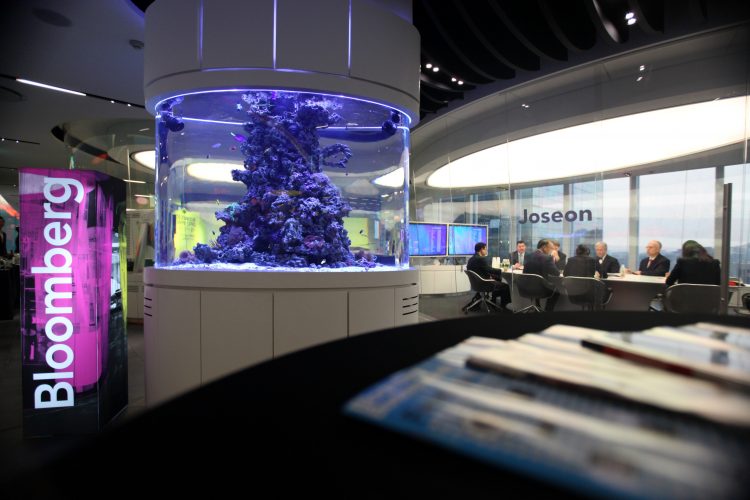It’s the most audacious crowd-funding campaign in history: $32 million for a limited run of 40,000 high-end “super-phone” handsets.
But whether or not Ubuntu Edge actually rolls off the production line next year, Canonical can already be proud of the attention, drama and – perhaps most importantly- debate that the Edge campaign has ignited.
Here are five of the more compelling successes the project can hold its head high in having achieved.
1. It Changed The Conversation
 Let’s start with a simple fact: Canonical did not invent the concept of multi-device, converged computing.
Let’s start with a simple fact: Canonical did not invent the concept of multi-device, converged computing.
But what they were the first to do was give the concept the eyes, ears and hands of a dedicated team of designers, engineers and interaction specialists.
Motorla’s Atrix – the oft-cited ‘pre-Edge Edge’ – was a mass market device sporting ‘convergence’. It was a regular Android smartphone that could boot into a special Ubuntu desktop session when docked to a laptop or monitor dock.
The Atrix didn’t exactly set the world on fire. Or so much as singe it. The arguments as to why are numerous, but the fact that its converged aspect felt more like an afterthought or gimmick than a key function of the phone probably had something to do with it.
Whether people will be willing to admit it now, or whether history will look back to join the dots, Canonical has been instrumental in forming a more compelling argument for seamless consumer-grade convergence than previous attempts have.
2. It’s Smashed Records
Even the most hardened cynics of the Edge campaign must surely appreciate the Edge’s haul of broken records.
- The most money raised in 12 hours
- The most money raised in 24 hours
- The most money raised in 3 days
- Quickest time $2 million (7hrs 59mins)
And, as of yesterday, it claimed the grand-daddy of milestones:
Not bad for a phone that doesn’t exist yet.
3. It Gained Corporate Credibility
Nothing says ‘this is credible’ like a slap on the back from a leading financial institution.
The Ubuntu Edge got just that when Bloomberg LP dropped $80,000 into the kitty last week. Their order of 100 of the angular devices to trial out in their work environment, along with some direct support, may not have bolstered the total by much – but it certainly bolstered the credibility.
With the addition of a new, lower priced Enterprise perk we’ll likely be seeing a few more companies signalling their interest in Ubuntu Edge before the week is out.
4. It’s Raised The Profile of Ubuntu

The press attention on the Edge campaign has been extraordinary.
Coverage of this campaign has eclipsed even that generated by the Ubuntu Phone unveiling back in January.
From the BBC to Forbes, via The Telegraph, TechCrunch, and The Verge – and even the red-top British tabloids – the Ubuntu Edge campaign has put Ubuntu’s bright orange face into places it had rarely graced before.
More people knowing of Ubuntu will only prove a positive thing for Canonical and their aims going forward.
5. It’s Showed The Little Guy Can Be Bold
Lastly, and most importantly to me and my view of the Edge, this campaign has proven something far more important than whether there’s demand for a fancy super-phone, or how Ubuntu users are willing to fund Mark Shuttleworth’s vision of mobile computing.
It’s once again demonstrated the power of crowd-funding.
You don’t have to be an OEM giant, carrier heavy-weight or multi-million dollar company to get your idea out there, in front of people, and (potentially) funded.
The Ouya did it. The Pebble did it. And now the Ubuntu Edge has done it.
Crowd-funding, for all its faults, democratises venture capital in a way that the rigidity of traditional funding models aren’t able to. Investments are made based on passion, desire and want, not return, profit or gain.
The pace of innovation is taken from market leaders and put into the hands of people the world over.
Ubuntu Edge has, if nothing else, done that. Failure or not, it tried.
"Success is having tried. Failure is not having a go." (Via @ManningOfficial)
— OMG! Ubuntu! (@omgubuntu) August 15, 2013


